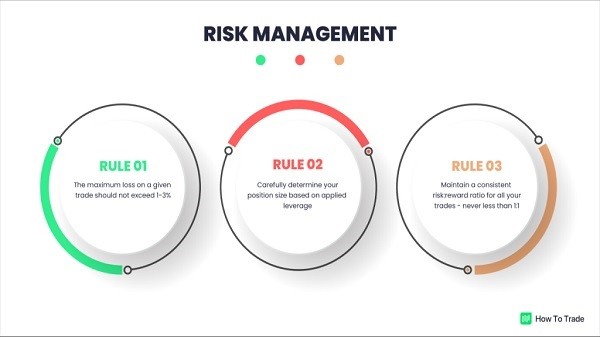
Forex trading can be an exciting and potentially profitable venture, but it also comes with its fair share of risks. To navigate the volatile nature of the foreign exchange market, it is crucial to implement effective risk management strategies. In this article, we will explore the top risk management strategies in forex trading, providing you with essential insights and practical tips to safeguard your investments.
Understand the Forex Market:
To effectively manage risks in forex trading, it is crucial to have a solid understanding of the market. Educate yourself on the basics of forex, including currency pairs, market trends, and fundamental and technical analysis. This knowledge will help you make informed decisions and minimize potential losses.
Set Realistic Expectations:
One of the key aspects of risk management is setting realistic expectations. Forex trading is not a guaranteed path to overnight riches. Be prepared for ups and downs, and set achievable goals. Remember that consistent profitability takes time and patience.
Develop a Trading Plan:
A well-defined trading plan is essential for managing risks in forex trading. It should outline your trading strategy, risk tolerance, profit targets, and stop-loss levels. By following your plan strictly, you can minimize impulsive decisions driven by emotions and ensure a disciplined approach to trading.
Use Proper Position Sizing:
Proper position sizing is critical to control risk exposure. Avoid risking a significant portion of your capital on a single trade. Instead, implement position sizing techniques such as the percentage risk model or fixed dollar risk model. This approach limits potential losses and allows for consistent risk management across different trades.
Utilize Stop-Loss Orders:
Stop-loss orders are indispensable risk management tools in forex trading. These orders automatically close your trade at a predetermined price level to limit losses. By setting stop-loss orders, you can protect your capital from unexpected market movements and avoid significant drawdowns.
Implement Take-Profit Orders:
Just as stop-loss orders are important for limiting losses, take-profit orders are equally vital for securing profits. These orders automatically close your trade when it reaches a predefined profit target. By setting take-profit orders, you ensure that you exit a trade at a favorable point, avoiding potential reversals.
Diversify Your Portfolio:
Diversification is a key risk management strategy across various financial markets, and forex trading is no exception. Avoid concentrating your investments in a single currency pair. Instead, diversify your portfolio by trading different pairs and considering correlations between them. This reduces the impact of individual currency movements on your overall portfolio.
Stay Informed and Monitor the Market:
Constantly staying informed about economic and political events that can impact currency values is crucial for effective risk management in forex trading. Follow reputable news sources, economic calendars, and market analysis to anticipate potential market fluctuations. Regularly monitor your open positions to spot any adverse changes promptly.
Use Demo Accounts:
Before risking real money, utilize demo accounts offered by forex brokers. These accounts allow you to practice trading in a risk-free environment using virtual funds. Demo accounts help you gain experience, test different strategies, and refine your risk management techniques without jeopardizing your capital.
Continuously Learn and Adapt:
The forex market is dynamic, and risk management strategies need to evolve accordingly. Stay curious, invest in your education, and continuously learn from your trading experiences. Adapt your risk management strategies as you gain more knowledge and insights into the market.



